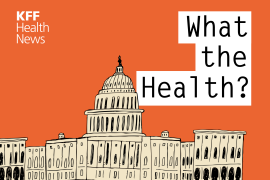Report Develops New Formula for Determining Medically Underserved Areas; NEJM Perspective Examines Immigrants’ Access to Care
- "Designating Places and Populations as Medically Underserved: A Proposal for a New Approach," Journal of Health Care for the Poor and Underserved: The study examines the development of a theory-based, data-driven replacement for the Health Professional Shortage Area and Medically Underserved Area designation systems. The data detail primary medical care use and the distribution of practitioners based on demographic and community characteristics. The approach would designate 90% of current geographic and low-income populations as health professional shortage areas, according to the study. Researchers found that use of such a system, "however, requires careful explanation to and support from affected groups," according to the report (Ricketts et al., JHCPU, August 2007).
- "Immigrants and Health Care -- At the Intersection of Two Broken Systems," New England Journal of Medicine: In the perspective piece, Susan Okie, a physician and NEJM contributing editor, discusses costs associated with health care for uninsured immigrants, both documented and undocumented, in the U.S. Okie also discusses immigrants' access to care and the effects of immigration laws on that access, as well as local governments' efforts to expand health coverage to undocumented immigrants (Okie, NEJM, 8/9).
This is part of the Morning Briefing, a summary of health policy coverage from major news organizations. Sign up for an email subscription.






